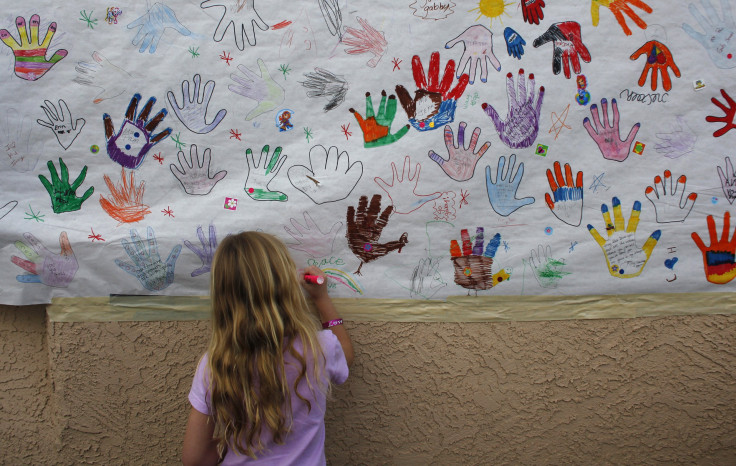Psychiatric Drugs For Babies? More Kids Aged 2 And Under Getting Prescribed Antipsychotics

Mental health care in the U.S. is often seen as an opportunity to prescribe antidepressants or antipsychotic drugs, rather than treating disorders with cognitive behavioral therapy or other non-medication routes. But new research shows that the trend seems to be getting worse, especially among children under the age of 2.
The report shows that psychotropic drug prescriptions among babies doubled in one year, from 13,000 prescriptions in 2013 to 20,000 in 2014, despite the lack of evidence that shows they are effective and safe for young children. This may seem shocking, as it’s hard to imagine a 1-year-old needing antidepressants or antipsychotic meds. But psychiatrists often prescribe these drugs to young children — even infants — for behavioral issues like unusual aggression, temper tantrums, or lethargy.
Risperdal is one of the medications being prescribed more frequently to infants and toddlers, according to IMS Health, a prescription data company that conducted the research. Risperdal is an antipsychotic drug that treats schizophrenia and bipolar disorder, and changes chemical effects in the brain. Drugs.com advises readers to “not give Risperdal to a child without a doctor’s advice.”
According to The New York Times, IMS Health found that prescriptions for another drug called Prozac, an antidepressant, increased by 23 percent in one year. Some 83,000 prescriptions for Prozac were given to children under the age of 2 in 2014.
There is very little research on the efficacy of these types of drugs to help treat behavioral problems in the very young. However, some mental health experts believe that the trend is a continuation of a much larger issue — that it’s quicker (and more financially desirable for health care providers) to prescribe pills to treat mental health problems.
“People are doing their best with the tools available to them,” Dr. Mary Margaret Gleason, a pediatrician and child psychiatrist at Tulane University School of Medicine, told The Times. “There’s a sense of desperation with families of children who are suffering, and the tool that most providers have is the prescription pad.”
One recent study examined the use of antipsychotics among young children and found the rates were high. The first of its kind to examine age patterns in antipsychotic drugs among children, the study discovered that many times these drugs were prescribed to children who were suffering from attention deficit-hyperactivity disorder (ADHD) or had no diagnosed mental illness at all.
“What’s especially important is the finding that around 1.5 percent of boys aged 10-18 are on antipsychotics, and then this rate abruptly falls by half, as adolescents become young adults,” Dr. Michael Schoenbaum, senior advisor for mental health services, epidemiology and economics at the National Institute of Mental Health, said in the press release. Schoenbaum also noted that “antipsychotics should be prescribed with care,” as they can cause significant physical and neurological changes, especially in the very young.
A possible explanation for the trend lies in the fact that there are simply not enough mental health care providers or psychiatrists available to treat everyone — especially young kids. Cognitive behavioral therapy and other treatment options take time and can be more difficult to come by. Child psychiatrists are often hard to come by, and have a long waiting list, so pediatricians are left to prescribe meds instead.
Published by Medicaldaily.com



























